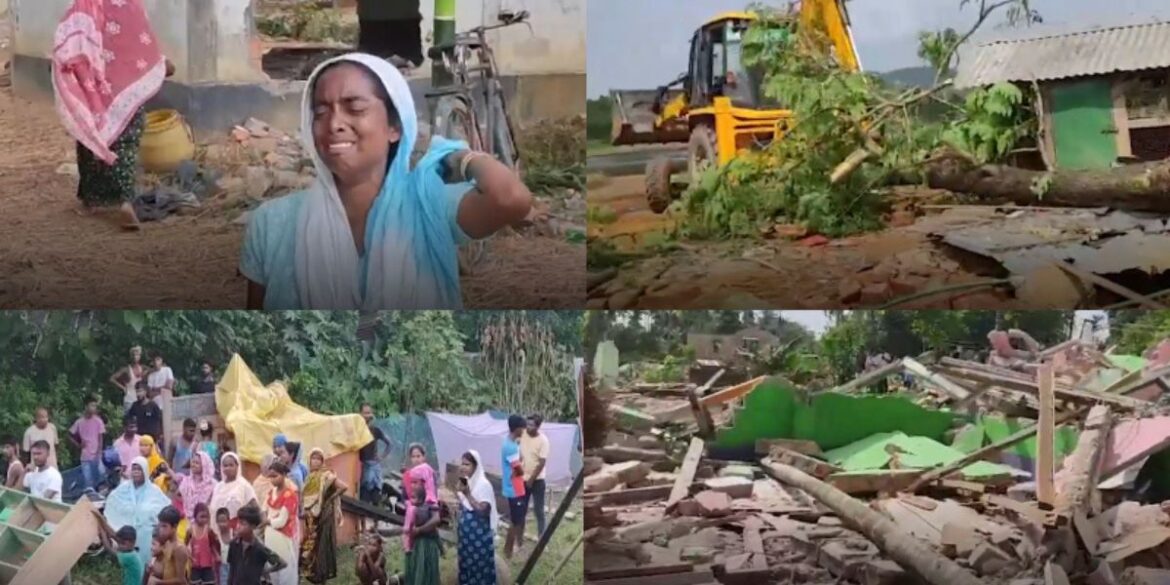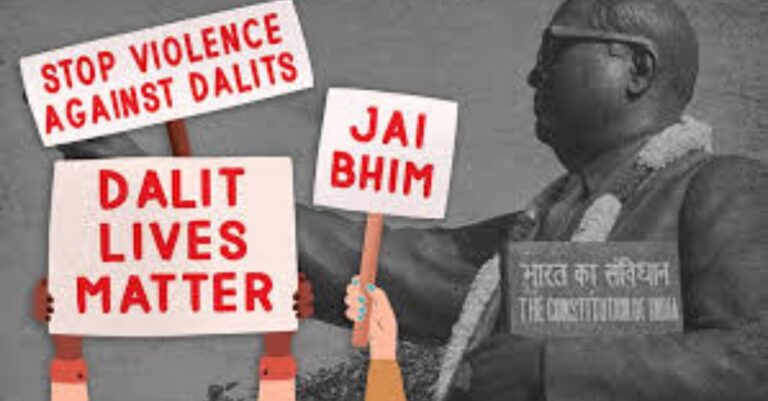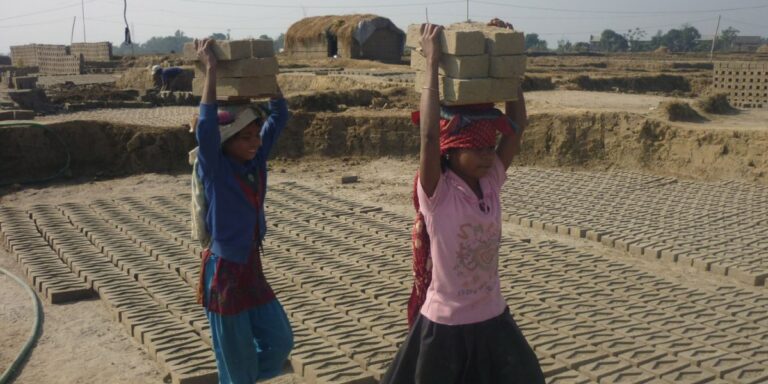Since 2016, the air of Assam has been poisoned by three kinds of venom—incitement in the name of “illegal foreigners,” communalism, and forced evictions. The NRC update process was left incomplete, and instead, various communal and inflammatory remarks have been used to corner linguistic and religious minorities. In the midst of this, evictions began.
In September 2021, nearly 200 families were forcibly evicted from Dhalpur. During the protest against that eviction, Moinul Haque was shot dead by the police. Since then, evictions have continued every few months. On July 17, at another eviction site—Paikan in Goalpara district—a 19-year-old youth named Shukur Ali was killed in police firing.
In this same pattern, in July this year, nearly two thousand families were evicted from several areas of Dhubri district. The following is a detailed account of one such locality.
Santoshpur Eviction
On July 9, a forced eviction was carried out in three villages of Dhubri: Chirakuta Part 1, Chirakuta Part 2, and Santoshpur. Santoshpur is a village under the Chapar police station in Dhubri district, with about 350 families residing there. According to local residents, around 200 of these families were Bengali-origin Miya Muslims—all of whom have been evicted. The land has been allotted in the name of the Assam Power Distribution Company Limited (APDCL).
Locals reported that three types of land ownership existed there. Some people had allotment papers issued by the government in 1962. In 2005, allotments were again given to others; and even in 2021–2022, some people received patta (ownership titles) from the government. However, the allotments issued in 1962 were still awaiting conversion into pattas. Despite this, except for 20–30 families, all others were evicted.
Post-Eviction Situation
According to local residents, the government has shut down the primary school in their village. The teachers have been transferred elsewhere. The students have been issued transfer certificates. Since the time of the eviction, the electricity connection has been cut off. The district administration has ordered the closure of the government-built four-lane road leading to the village. The police and administration have also sealed off all wells and other water sources, preventing villagers from drinking or using water.
Even the tarpaulin roofs that families had put up as temporary shelters during the intense heat were cut down by the authorities so they could not stay there. Their furniture and kitchen utensils were thrown away.
At present, the evicted families are living in a precarious condition along the eastern and western edges of the eviction site, without any humanitarian assistance. Among them are the sick, elderly, pregnant women, and children. Locals added that whenever news spreads that opposition political leaders are planning to visit, the police immediately block the only road to the village with barricades.
Questions and the Future
The Santoshpur eviction is not merely a story of one village’s dispossession—it raises serious questions about human rights, state policy, and social justice. Why were the people of an entire village deprived of their land, homes, education, and basic livelihood facilities? Is it just to ruin people’s lives in the name of land allotment for APDCL?
These questions demand answers from all of us. The people of Santoshpur still hope that their voices will be heard. But until then, they continue to live under tarpaulin sheets, facing an uncertain future.
This story is not just Santoshpur’s—it belongs to all of us.
(The views and opinions expressed in this article are those of the author and do not necessarily reflect the official policy or position of Free Voice.)




